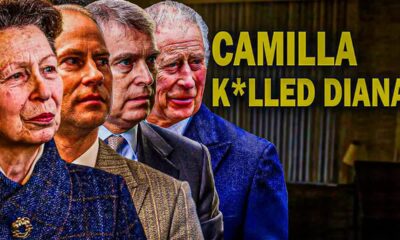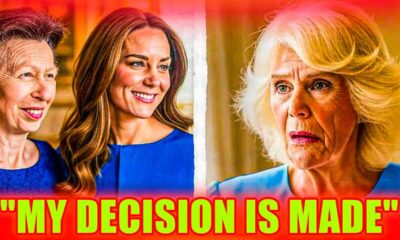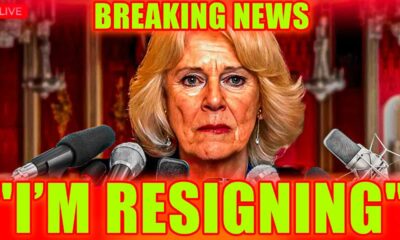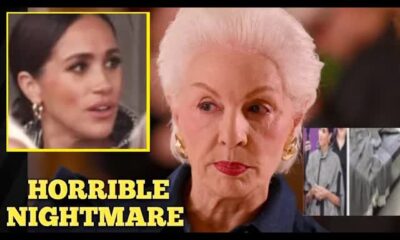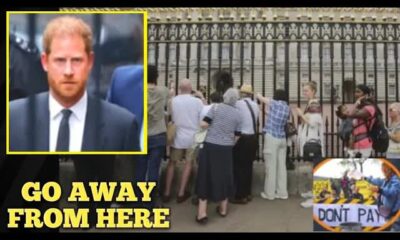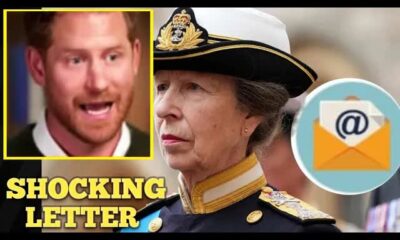The News
Queen Camilla Rethinks Coronation Traditions Amidst Modern Sensibilities
As the coronation of King Charles and Queen Camilla approaches on May 6, the royal couple is making notable adjustments to reflect contemporary values.
One significant change involves Queen Camilla's potential decision to forgo the traditional ivory scepter, a symbol that has accompanied every Queen Consort since 1685.
This reconsideration appears to stem from the influence of Prince William, who is known for his advocacy against the ivory trade and his love for elephants.
The upcoming ceremony has already undergone several transformations aimed at appealing to a modern audience.
For instance, the length of the service has been reduced by an hour.
Additionally, Queen Camilla has opted not to wear the Koh-i-Noor diamond, a choice made to avoid any offense related to colonial history.
Instead, she will don a specially recrafted version of Queen Mary's crown, demonstrating a commitment to environmental considerations that align with King Charles's values.
According to reports from Private Eye, the absence of the ivory scepter, which has long been a part of royal tradition, is a direct result of discussions influenced by Prince William.
Last August, he commended the U.S. Court's decision to convict a trafficker involved in illegal elephant ivory and rhino horn trade, highlighting his dedication to wildlife conservation.
Critics, however, have pushed back against what they see as virtue signaling, arguing that using a historic scepter is not comparable to actively participating in the ivory trade.
During the coronation, Camilla will also be presented with a gold scepter topped with a cross, symbolizing the Sovereign's authority and responsible governance.
The choice to modify Queen Mary's crown rather than commissioning a new one reflects a broader awareness of the current economic climate.
With many facing financial uncertainty, the royals are keen to demonstrate sensitivity to public sentiment.
There are two key messages behind the decision not to create a new crown for the occasion.
First, in light of the cost-of-living crisis, it seems prudent to utilize existing royal regalia.
Secondly, this choice signifies a desire to avoid making overly bold statements during a time of economic hardship.
The royals recognize the significance of the event while also being mindful of the challenges faced by many citizens.
Queen Mary's crown, which was originally worn during King George V's coronation in 1911, will be modified to suit Camilla.
Notably, the controversial Koh-i-Noor diamond will not be included; instead, the crown will feature the Cullinan III, IV, and V diamonds, which offer a less contentious alternative while still maintaining a regal appearance.
When Camilla married then-Prince Charles in 2005, she expressed her intention to use the title Princess Consort, acknowledging the public's mixed feelings regarding her role following Princess Diana's passing.
Over time, however, her popularity has increased, thanks in part to her engagement with the public and steadfast support for her husband.
This shift led to Queen Elizabeth's announcement last year that Camilla would officially be recognized as Queen Consort.
Meanwhile, King Charles and Queen Camilla are currently on their second day of engagements in Germany, where they have been warmly received.
Their visit kicked off with a lavish banquet at Bellevue Palace, followed by a meeting between King Charles and German Chancellor Olaf Scholz at the Federal Chancellery building.
After their formal discussions, King Charles joined Queen Camilla at Wittenbergplatz food market, where she had been mingling with local business owners and residents.
Arriving in a state Bentley, the King was greeted by a lively crowd of photographers and well-wishers eager to catch a glimpse of the royal couple.
As they navigate their roles and responsibilities, both King Charles and Queen Camilla seem committed to blending tradition with modern sensibilities, ensuring that their reign resonates with the values of today's society.









